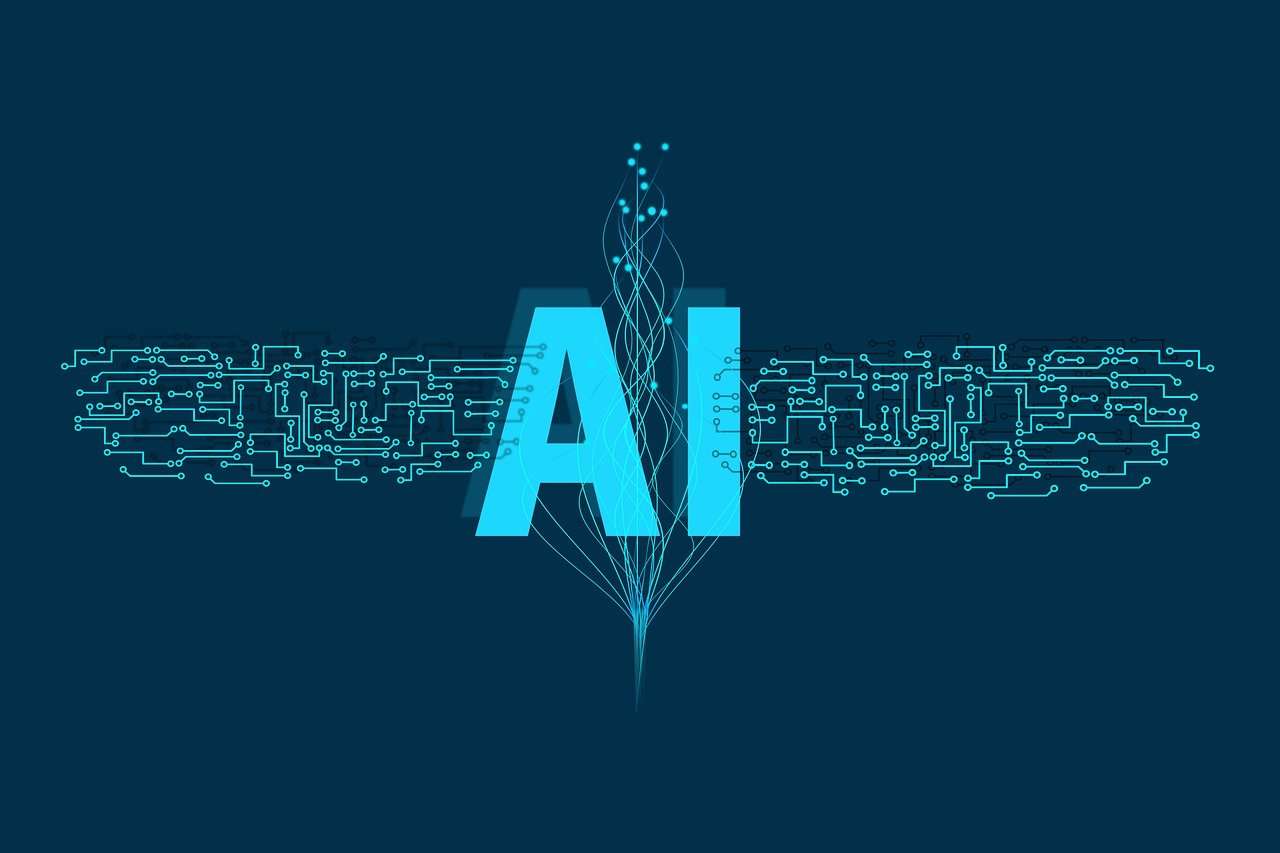Artificial Intelligence (AI) has become an integral part of our daily lives, revolutionizing industries, powering smart technologies, and enhancing efficiency across various sectors. But how exactly does Artificial Intelligence work? Let’s delve into the inner workings of this fascinating technology.
What is Artificial Intelligence ?
At its core, Artificial Intelligence refers to the simulation of human intelligence processes by machines, particularly computer systems. These processes include learning, reasoning, problem-solving, perception, and language understanding. Artificial Intelligence systems are designed to analyze vast amounts of data, recognize patterns, and make decisions with minimal human intervention.
Machine Learning
The Backbone of Artificial Intelligence Machine Learning (ML) is a subset of Artificial Intelligence that focuses on enabling machines to learn from data without being explicitly programmed. This learning process involves algorithms that iteratively improve their performance on a specific task as they are exposed to more data. There are several types of machine learning algorithms, including:
Supervised Learning: In supervised learning, the algorithm learns from labeled data, where each input is paired with the corresponding correct output. The algorithm makes predictions or decisions based on this training data.
Unsupervised Learning: Unsupervised learning involves training algorithms on unlabeled data, allowing them to discover patterns and structures on their own. Clustering and dimensionality reduction are common tasks in unsupervised learning.
Reinforcement Learning: Reinforcement learning is a type of learning where an agent learns to make decisions by interacting with an environment. The agent receives feedback in the form of rewards or penalties, guiding it towards better decision-making over time.
Neural Networks: Mimicking the Human Brain Neural networks are a fundamental component of many Artificial Intelligence systems, inspired by the structure and function of the human brain. These networks consist of interconnected nodes, or neurons, organized in layers. Each neuron receives input, processes it using an activation function, and passes the output to the next layer of neurons.
Deep learning, a subset of ML, employs neural networks with multiple layers (hence the term “deep”) to learn intricate patterns and representations from data. Convolutional Neural Networks (CNNs) are commonly used for image recognition tasks, while Recurrent Neural Networks (RNNs) excel in sequential data analysis, such as natural language processing and speech recognition.
Natural Language Processing (NLP) and Computer Vision
Natural Language Processing (NLP) and Computer Vision are specialized domains within Artificial Intelligence that focus on understanding and processing human language and visual information, respectively. These fields leverage techniques such as sentiment analysis, machine translation, text summarization, image classification, and object detection to extract meaningful insights from unstructured data.
The Role of Data in AI
Data is the lifeblood of Artificial Intelligence systems. High-quality, diverse, and labeled data is essential for training accurate and robust models. Data preprocessing, cleaning, and augmentation are crucial steps in preparing data for AI algorithms. Additionally, ongoing data collection and feedback loops ensure that AI models stay relevant and adaptive to changing circumstances.
Conclusion
Artificial Intelligence encompasses a broad range of techniques and methodologies, all aimed at emulating human-like intelligence in machines. From machine learning algorithms and neural networks to natural language processing and computer vision, AI continues to advance rapidly, driving innovation and transforming industries worldwide. As our understanding of AI deepens and technology evolves, its potential to solve complex problems and enhance human capabilities is boundless.


 Watch
Watch
 CASUAL WEAR
CASUAL WEAR











